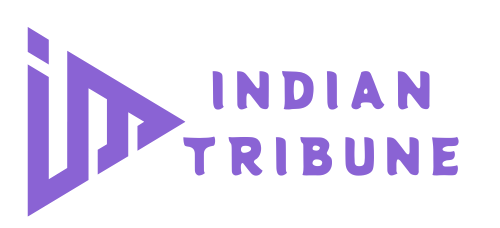The world of mobile applications is constantly evolving, and iOS app development is at the forefront of this revolution. With millions of iPhone users globally, businesses are investing in iOS apps to deliver exceptional mobile experiences. However, creating seamless and innovative iOS apps requires a deep understanding of both user expectations and technological advancements. This article will explore how developers can leverage innovative iOS app development practices to create mobile experiences that are both functional and enjoyable.
1. Focus on User-Centered Design
The foundation of any successful iOS app is its ability to meet user needs intuitively. A well-designed user interface (UI) and user experience (UX) ensure that users can navigate the app effortlessly. Apple’s Human Interface Guidelines provide a great starting point for developers, emphasizing simplicity, consistency, and a clean design aesthetic.
To foster innovation, developers need to go beyond just following guidelines. Conducting user research, testing prototypes, and gathering feedback throughout the development process can help refine the app’s design to meet real-world demands. Features like gesture-based navigation, dark mode, and seamless integration with device hardware (camera, sensors) can elevate the user experience significantly.
2. Harnessing the Power of Swift
Swift, Apple’s modern programming language, plays a critical role in the development of cutting-edge iOS apps. Known for its speed, safety, and expressiveness, Swift allows developers to write cleaner and more efficient code, which results in better app performance and faster load times.
The language continues to evolve, with each new version of Swift introducing features that help developers innovate. SwiftUI, for instance, allows for declarative programming, enabling developers to design complex user interfaces with less code. This not only accelerates the development process but also makes it easier to maintain and scale apps over time.
3. Augmented Reality (AR) and Artificial Intelligence (AI)
Incorporating AR and AI into iOS apps can significantly enhance user engagement and deliver more immersive experiences. Apple’s ARKit framework enables developers to build augmented reality experiences that blend digital objects with the physical world, opening up new possibilities for industries like gaming, retail, and education.
Similarly, CoreML, Apple’s machine learning framework, allows developers to integrate AI features into their apps. Whether it’s for voice recognition, image analysis, or predictive algorithms, AI can be used to personalize the app experience, automate tasks, and provide more accurate insights to users.
4. Integrating with Apple Ecosystem
One of the greatest strengths of iOS app development is its seamless integration with Apple’s ecosystem of devices, including the iPad, Apple Watch, Apple TV, and Mac. Leveraging these cross-platform capabilities can help create a more cohesive experience for users.
For instance, apps can use Handoff, which allows users to start a task on one device and continue it on another without interruption. Developers can also use CloudKit for data syncing across devices or implement support for Siri and Shortcuts to enable voice-controlled app functionality.
5. Optimizing for Performance and Security
In today’s competitive app market, performance and security are non-negotiable. Users expect apps to run smoothly without draining battery life or slowing down the device. To meet these expectations, developers need to prioritize performance optimization during the development process. This includes reducing app size, minimizing resource consumption, and ensuring fast response times.
Security is equally important, especially when dealing with sensitive user data. Developers should adhere to Apple’s stringent security standards, implement encryption protocols, and ensure compliance with privacy regulations like GDPR. Features like Face ID and Touch ID can also be leveraged for secure, convenient authentication.
6. Continuous Testing and Iteration
The journey of app development doesn’t end at the launch. Regular updates and bug fixes are essential to keep the app running smoothly. Automated testing, using frameworks like XCTest, helps ensure that new features don’t break existing functionality. Additionally, gathering user feedback and monitoring app performance using tools like Firebase or Apple’s Analytics can guide future improvements.
Iteration based on real-world usage is key to staying ahead of competitors. Whether it’s optimizing performance, fixing bugs, or introducing new features based on user demand, continuous development ensures that the app stays relevant and provides a top-notch experience.
7. Monetization and App Store Optimization (ASO)
While developing innovative apps is essential, monetizing them effectively is equally important for businesses. App developers should consider various monetization strategies such as in-app purchases, subscription models, and ad-based revenue. Offering users a free trial or freemium option can help attract more downloads and convert users into paying customers.
Additionally, optimizing the app for the App Store is crucial to gaining visibility. App Store Optimization (ASO) involves using relevant keywords, creating compelling app descriptions, and designing an appealing app icon and screenshots to drive downloads. High user ratings and reviews also play a significant role in the app’s success on the App Store.
Conclusion
Innovative iOS app development is not just about following best practices; it’s about pushing boundaries and finding creative ways to meet user needs. By focusing on user-centered design, leveraging Swift and other Apple frameworks, integrating AR and AI, and ensuring seamless performance and security, developers can create apps that deliver exceptional mobile experiences. Continuous iteration and smart monetization strategies will further ensure that the app thrives in a competitive market.




